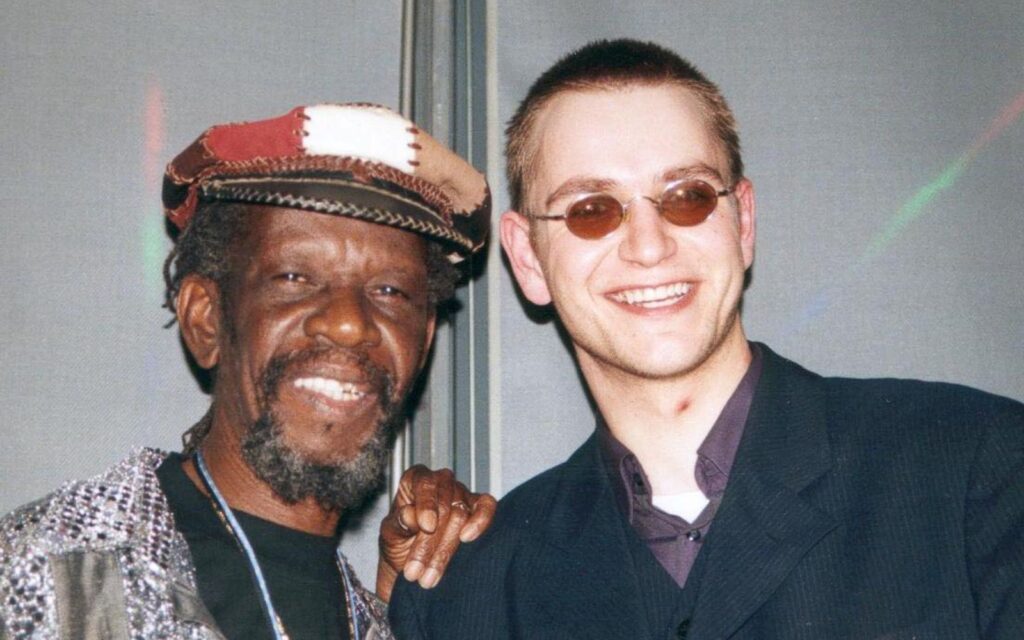“Like all great, slightly crazy artists, he’s a shape shifter, a complicated, driven, frequently brilliant guy who refuses to stand still creatively.” As far as capturing the many forms of the eccentric musician, renowned for both his reclusive nature and perpetually evolving sound, author and music journalist Jeff Apter has certainly succeeded.
With a subject as enigmatic as Johns, who has seemingly lived a number of lives within his comparatively short career, it would be all too easy to get lost in the narrative. However, Apter’s retelling is concise, chronological and easily consumable, allowing the reader to watch Johns transform from a carefree teenager into a complex artist with each turn of the page.
Rather than adopting the perspective of Johns, The Book of Daniel acts as a case study in which the reader examines the Silverchair frontman as if scientists curiously inspecting a foreign species. For the most part, this approach is successful and acts as a metaphor for the inaccessibility of Johns’ reclusive nature, though at times it feels like trying to peer at him through tinted glass. The input of those close to him across different points in his career does well to help dig beneath the surface of Johns’ impenetrable and often unpredictable mind, but without the insight of Johns himself, there are still questions left unanswered.
Apter’s admiration for Johns is hardly subtle which, while emanating a sense of sentimentality that’s impossible not to absorb at least in part, often fails to provide a critical analysis. Instead, we’re often left cheering Johns on, no matter his shortcomings or downfalls, which suggests Apter’s heart may be too close to his subject.
The Book of Daniel’s triumph comes when describing his bout of chronic reactive arthritis in which Apter conjures such tremendous imagery and empathy, you can’t help but wince in sympathy pain. Throughout, Apter’s phonetic descriptions of Johns’ “serrated riffs” and “growling like a wounded bear” paired with his illustrative narration and penchant for evocative metaphors prove pleasantly moreish.
To penetrate the mind of an artist renowned for their aversion to the public and press is no simple feat, though Apter has done just that to a degree so satisfying, there is little left to be said after the last page is turned. Penning a biography without the aid of the subject to steer the narrative and inject their own insight is a risky path to tread, though with Apter’s delicate handling of subjects such as Johns’ eating disorder and severe depression in hand with his nuance and impeccable knowledge, Johns’ story is in very safe hands.







